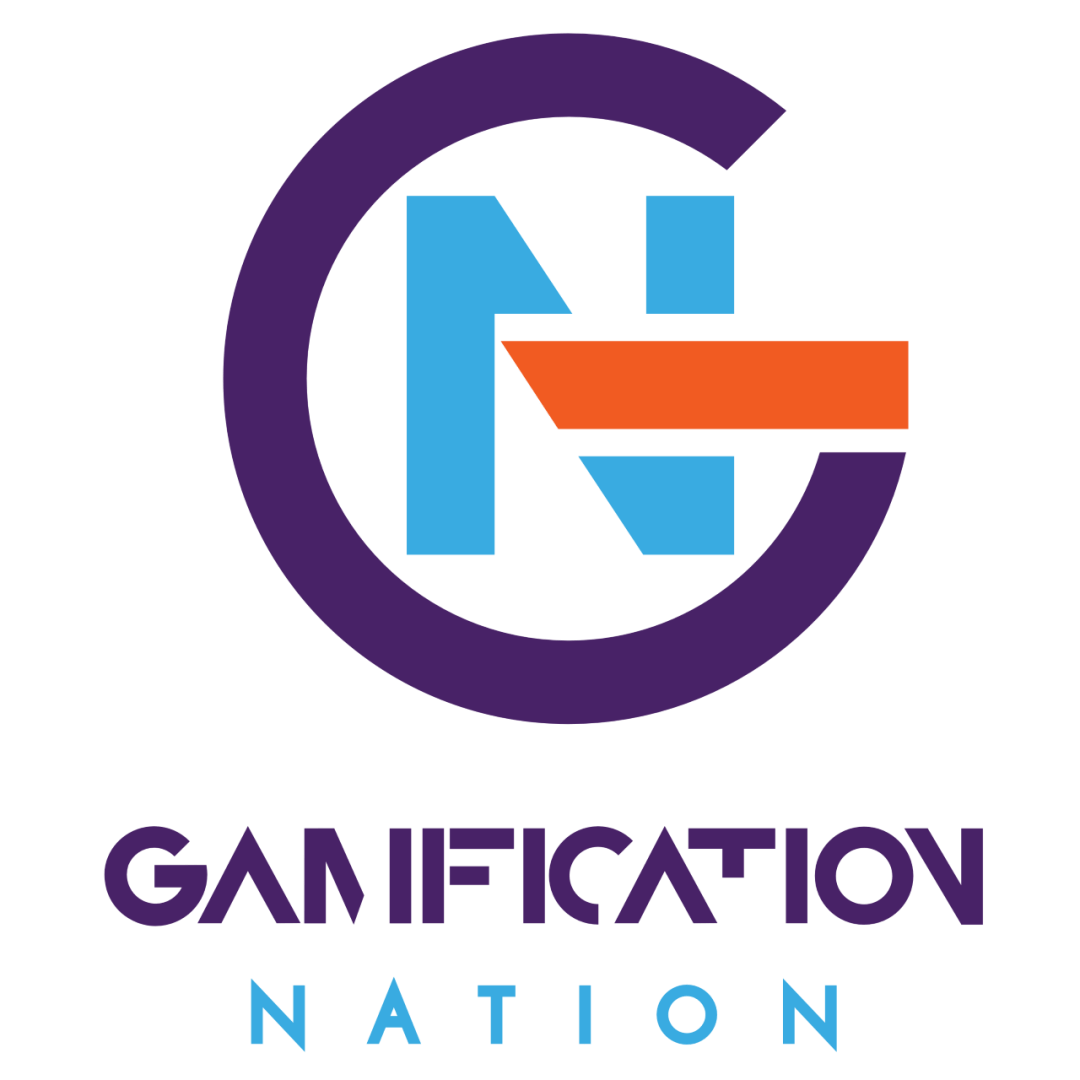On occasion, we are asked what the return on investment (ROI) is for gamification. The majority of our work is inward facing towards employees and in some cases towards customers or on top of apps or platforms which could be either. I have to say I don’t always get the question of ROI in the HR and learning space and maybe they are aware that some of the benefits are much softer in nature than hard numbers.
Calculating ROI
The formula to calculate ROI is simple in accounting terms:
ROI = (Gains – Cost)/Cost
So the formula is typically not the hardest thing to measure, but rather quantifying the gains is the typical stumbling block on most projects. To know whether you have gained anything you must have a baseline figure. If you don’t have a baseline before picture, at best we can give a rough estimation of gains based on other benefits.
Deciding on how gains are calculated for any given gamification project may open the debate on what would be considered adding value. From an HR perspective, an increase in confidence or higher retention of staff may be a great measure, but for a sales manager if they are not hitting the target objectives it is still not enough. Each case and project may be different and it may also be different for each organisation. That’s not to say that you shouldn’t invest time and effort into going there, The process alone will throw up some interesting value discussions and one would hope that you know the answers to these rather innately based on what your company stands for.
An example
Let’s drill this down a level to a boardgame project we did a few months ago. The original problem was that salespeople were not very comfortable talking about cybersecurity to business owners because they didn’t understand the potential impact. We didn’t have concrete numbers and if we did we probably wouldn’t be allowed to share them in any case. If we wanted to quantify this we would have to set up a base survey before anyone played the board game and a post-play survey. We could also look at sales figures in cybersecurity both before and after. Most sales directors will argue not any one thing will impact sales and that is true, so measuring how a learning intervention of any kind is impacting numbers is a bit of a subjective measure in my opinion. But you can ask salespeople at the end of the month how many additional conversations they had on this topic thanks to increased confidence and better knowledge and then look objectively at the conversion rates.
So let’s make up some fictitious numbers then. Let’s imagine sales numbers were on average £20,000 per sales agent per month in cyber-related products. We expect the gamification to increase confidence and help them retain more information which can illustrate the benefits of their cyber products. Let’s also imagine that the project cost £20,000 to make the numbers easy. We implement the gamification project and salespeople report in the post play survey that their confidence in talking about cyber has gone up by 80% and their retention of useful information to talk to clients with by 40%. The learning team could say that this is a fabulous outcome, however, sales management probably wants to know the figures. So they go and look at the number of conversations held about cyber products and their conversions before and after. Here they notice a 40% increase in conversations and a 20% increase in conversions so the average now edges up to £24,000 per sales agent. So you could argue that the net ROI gain here is £4000 or 20%.
Not every area in the business has hard numbers to calculate against unless they operate with key performance indicators and the net impact on overall business performance. Also, I kept the example a bit simplistic without ongoing costs and other potential conditions that have an impact on an employee actually doing anything.
Value of investment or VOI
Because of the labour intensiveness and complexity of getting to these calculations, many organisations won’t actually do the work to find out the true value add of internal facing programs. In some learning circles, the term ROI is occasionally replaced with VOI or value of investment to reflect the softer benefits a learning piece may bring to the equation. Now, this becomes a sellers’ paradise as long as they can introduce benefits that are perceived value adds this number will go up. I would err on the side of caution here and still aim to quantify exactly what values and what they are in your organisation before implementation and then after.
Whilst I think it is important to understand the value, unless gamification impact the bottom line of hard numbers whether that is in staff retention numbers, increased attendance, project completion on time and on budget or sales figures, it ought to be measured. Knowing the additional softer values may give you a qualitative input perspective, but in my humble opinion, it should not be the replacement of measuring ROI.
As someone who has held various internal roles as well as external ones in learning and development in the corporate sector, a lot of interventions are not always done with key outcomes in mind. The question why is often not answered and in gamification I see similar behaviours in some parts of our industry.
https://gamificationnation.com/how-to-build-a-business-case-for-gamification/




